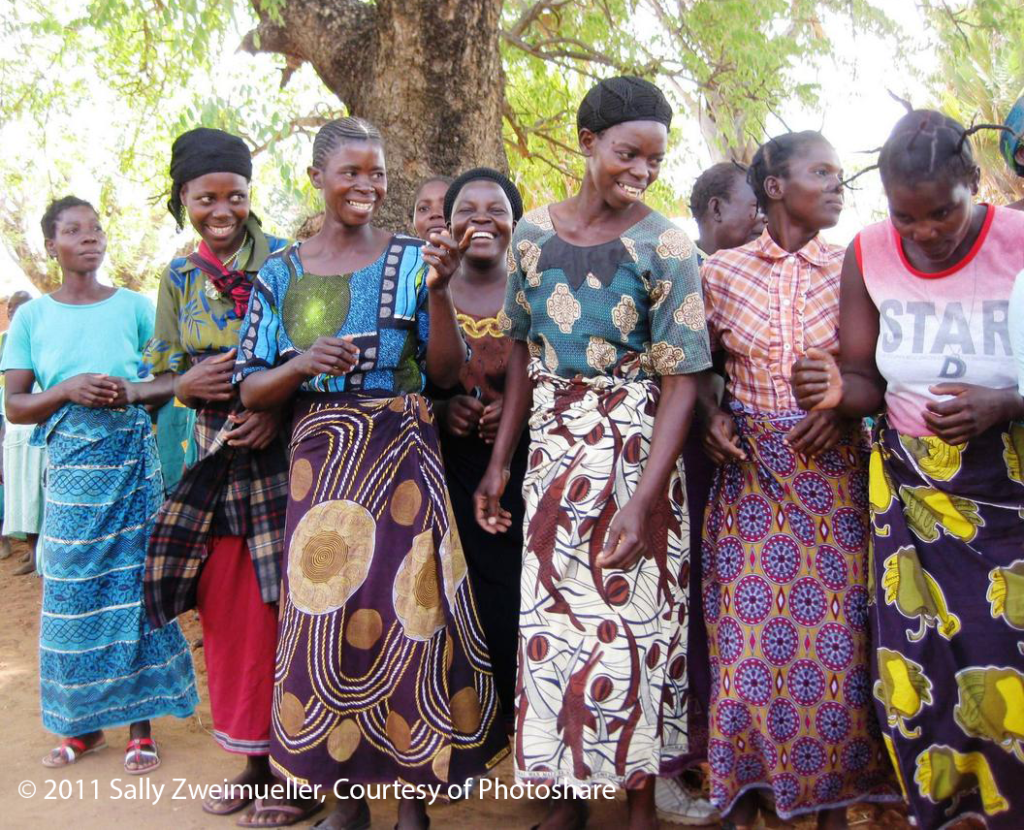 At its peak in 2004, malaria claimed 1.2 million lives. By 2015, that number had dropped to approximately 400,000 lives per year, with the majority being children under the age of 5 in sub-Saharan Africa. That change occurred, in part, through the efforts of SIAPS, its predecessor programs, and its implementing partners.
At its peak in 2004, malaria claimed 1.2 million lives. By 2015, that number had dropped to approximately 400,000 lives per year, with the majority being children under the age of 5 in sub-Saharan Africa. That change occurred, in part, through the efforts of SIAPS, its predecessor programs, and its implementing partners.
The President’s Malaria Initiative (PMI) set a goal of eradicating malaria worldwide by the middle of this century. The infrastructure improvements made by SIAPS and its partners helped PMI make strides toward global eradication by addressing challenges in forecasting and supply planning and using data more effectively to make decisions, avoid delays, and eliminate stock-outs.
The SIAPS Approach
In collaboration with national malaria control programs (NMCPs) and central medical stores, SIAPS improved pharmaceutical governance and built capacity at the country level to manage malaria products, improve information systems, strengthen financing strategies, and improve the quality of pharmaceutical services provided to malaria patients.
To meet its goals, SIAPS used a multifaceted approach that included:
- Strengthening pharmaceutical sector governance
- Building human resources and institutional capacity
- Addressing information needs, including product and patient data
- Strengthening financing strategies and mechanisms
- Increasing access to effective pharmaceutical products and services
SIAPS also addressed gaps in the pharmaceutical management system caused by such challenges as weak human resources capacity and a lack of coordination among country partners.
Achievements
SIAPS, in collaboration with PMI, Roll Back Malaria, and the Global Fund, worked in Angola, Benin, Burundi, DRC, Ethiopia, Guinea, Kenya, Mali, Niger, and South Sudan to implement the efforts noted above. Key achievements included:
- Pharmaceutical sector governance: In DRC, SIAPS strengthened the medicines registration process by establishing and supporting a national registration committee. As a result of this effort, the number of registered medicines increased from 200 in 2010 to more than 4,000 in 2015. In addition, the list of registered medicines is publicly available, regularly disseminated throughout the health system, and used by government inspectors to control medicines at ports of entry.
- Supply chain management: In 2015, SIAPS support enabled Mali’s Ministry of Health to design and implement Outil de Suivi des Produits de la Santé (OSPSANTE). OSPSANTE is a web-based dashboard that captures, aggregates, tracks, and makes information available and accessible for malaria and other commodities and helps the Ministry of Health make decisions more effectively. Warehouse managers were trained on data entry and other transactions using the dashboard. This tool significantly improved the reporting rate, with the number of facilities that completed and submitted required reports increasing from 67% to 87%.
- Supporting effective leadership: In South Sudan, SIAPS worked in partnership to strengthen the NMCP, revise the national malaria strategic plan, develop and distribute key malaria guidelines, and conduct the national malaria indicator survey.
Resources

